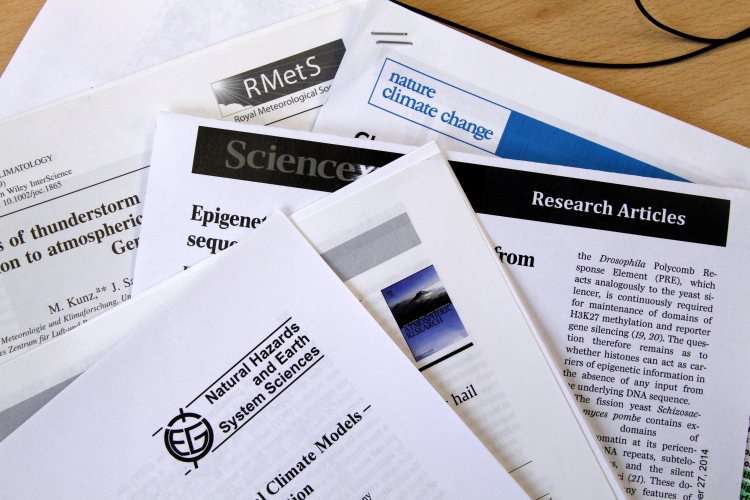New paper!
Bedka K. M.; Allen J. T.; Punge H. J.; Kunz M. & Simanovic D. (2018): A Long-Term Overshooting Convective Cloud Top Detection Database Over Australia Derived From MTSAT Japanese Advanced Meteorological Imager Observations, J. Appl. Meteorl. Climatol., doi:10.1175/JAMC-D-17-0056.1
Abstract:
A 10-year geostationary (GEO) overshooting cloud top (OT) detection database using Multifunction Transport Satellite (MTSAT) Japanese Advanced Meteorological Imager (JAMI) observations has been developed over the Australian region. GEO satellite imagers collect spatially- and temporally-detailed observations of deep convection, providing insight into the development and evolution of hazardous storms, particularly where surface observations of hazardous storms and deep convection are sparse and ground-based radar or lightning sensor networks are limited. Hazardous storms often produce one or more OTs that indicate the location of strong updrafts where weather hazards are typically concentrated, which can cause substantial impacts on the ground such as hail, damaging winds, tornadoes, and lightning, and to aviation such as turbulence and in-flight icing. The 10-year OT database produced using an automated OT detection algorithm is demonstrated for analysis of storm frequency, diurnally, spatially and seasonally relative to known features such as the Australian monsoon, expected regions of hazardous storms along the southeastern coastal regions of southern Queensland and New South Wales, and the preferential extratropical cyclone track along the Indian Ocean and southern Australian coast. A filter based on atmospheric instability, deep layer wind shear, and freezing level was used to identify OTs that could have produced hail. The filtered OT database is used to generate a hail frequency estimate that identifies a region extending from north of Brisbane to Sydney and the Goldfields - Esperance region of eastern Western Australia as the most hail-prone regions.

